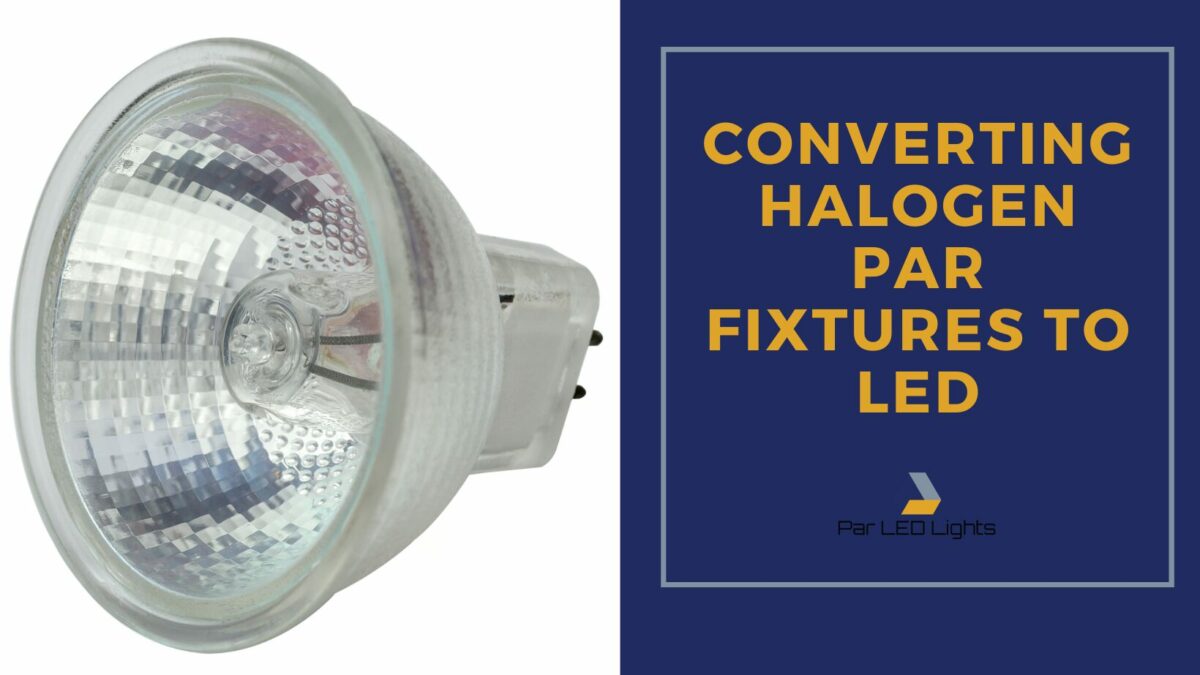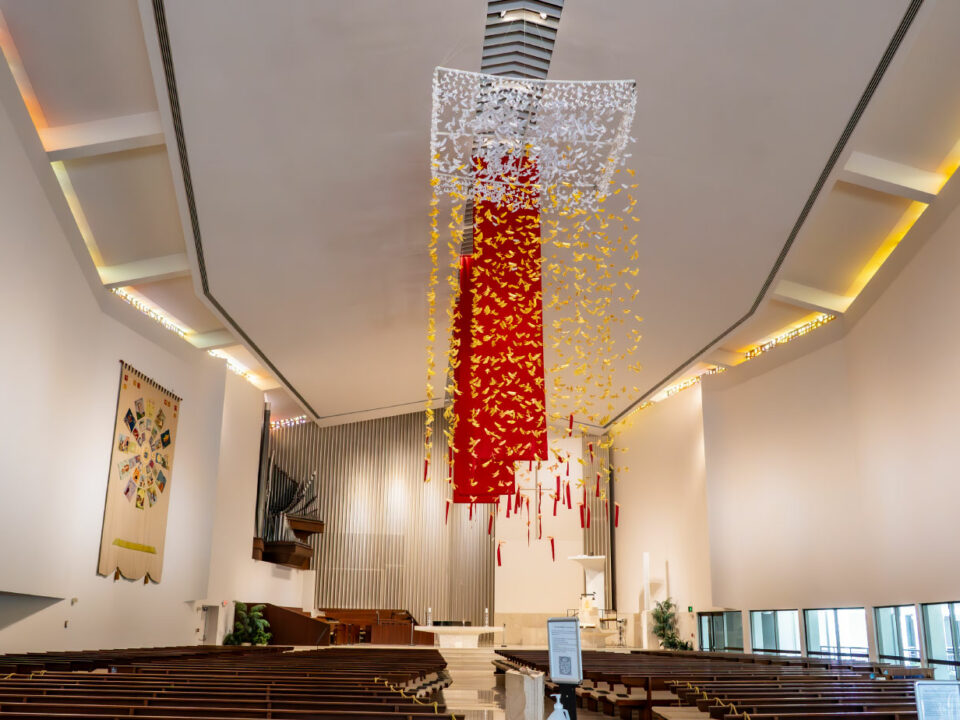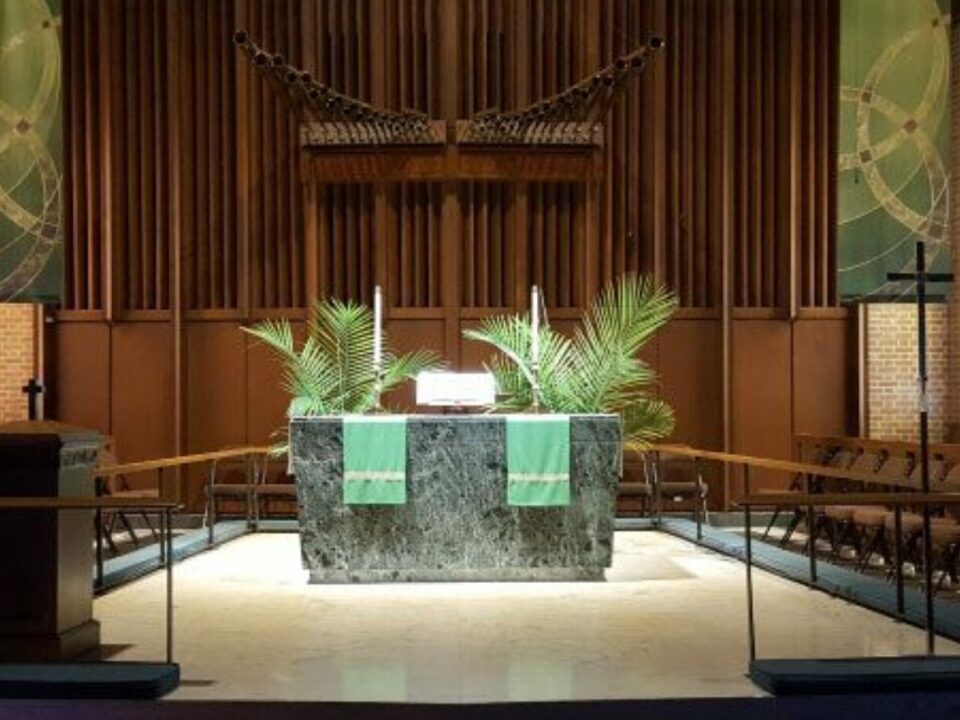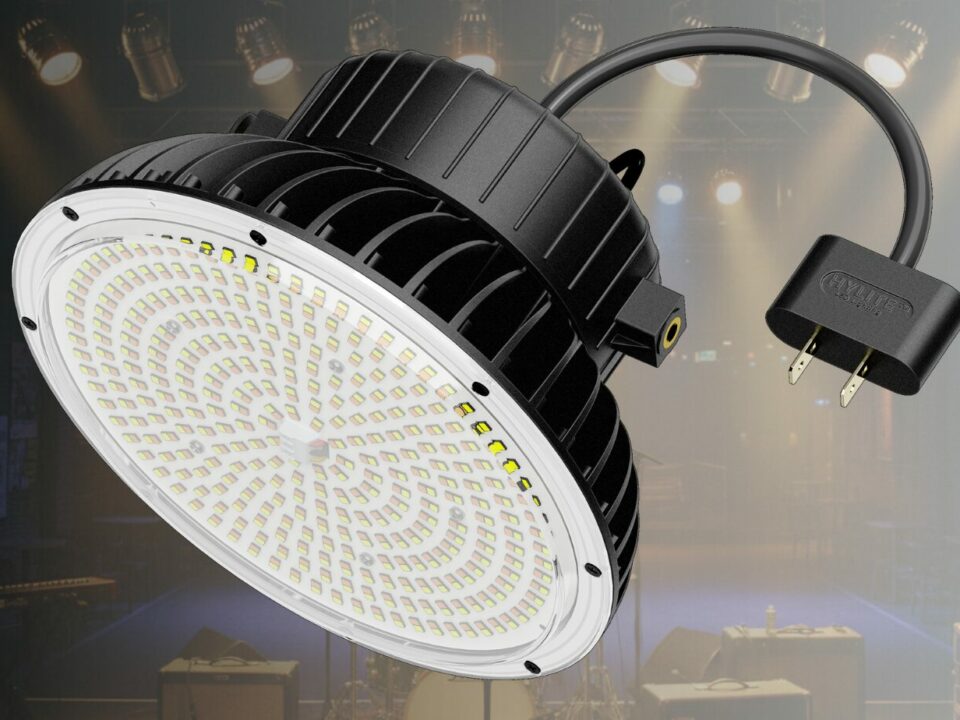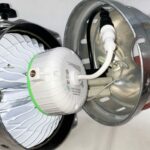
Why Retrofit Your PAR Can Lights?
August 10, 2024
Reduce Costs & Energy Consumption LED Lights
September 12, 2024A Technical Guide to a High-Efficiency Upgrade
For commercial spaces, entertainment venues, and residential settings alike, replacing halogen PAR lights with LED alternatives is a smart move that offers substantial benefits in terms of energy efficiency, light quality, longevity, and overall performance.
Learn more about why organizations across the globe are upgrading!
Why Replace Halogen PAR Lights with LEDs
Due to their bright, concentrated beam, halogen PAR (Parabolic Aluminized Reflector) lights have been a staple in various lighting applications, such as accent lighting, stage lighting, and spotlighting in commercial spaces, entertainment venues, and residential settings.
However, they have inherent limitations, particularly in energy consumption and heat generation. LEDs, or Light-Emitting Diodes, present a superior alternative, addressing these issues while delivering heightened performance and additional advantages.
- Energy Efficiency: Halogen bulbs operate at high wattages, typically ranging from 50 to 100 watts, to produce the required lumen output. In contrast, LED PAR lights achieve the same or greater brightness with a fraction of the energy, often using only 7 to 15 watts. This dramatic reduction in power consumption can lead to up to 85% energy savings, translating into significantly lower electricity bills.
- Thermal Management: Halogen bulbs are known for their high heat output, as a significant portion of their energy is converted into heat rather than light. This makes halogen bulbs less energy-efficient and creates safety concerns, especially in enclosed fixtures or spaces where heat buildup can be problematic. On the other hand, LED PAR lights produce minimal heat. Advanced thermal management systems, such as integrated heat sinks and aluminum housings, are commonly used in LED designs to dissipate any residual heat, ensuring optimal longevity.
- Extended Lifespan: The lifespan of LED PAR lights far surpasses that of their halogen counterparts. While halogen bulbs typically last around 2,000 to 3,000 hours, LED PAR lights can easily reach 25,000 to 50,000 hours, depending on the quality of the components and usage conditions. This extended lifespan severely reduces the frequency of bulb replacements, leading to lower maintenance costs and less frequent disruptions in environments where continuous lighting is important.
- Optical Control and Beam Precision: Halogen PAR lights are prized for producing focused beams with sharp edges, making them ideal for applications such as accent lighting, spotlighting, and stage lighting. LED PAR replacements have advanced to offer similar if not superior, optical performance. Modern LED PAR lights often incorporate precision-engineered optics, such as lenses and reflectors, to deliver highly controlled beam angles ranging from narrow spotlights (15°) to wide floodlights (60° or more). These optical systems are designed to maximize light output while minimizing glare and spill.
- Color Rendering and Temperature: The Color Rendering Index (CRI), a measure of a light source’s ability to reveal the colors of various objects faithfully in comparison with an ideal or natural light source, of high-quality LED PAR lights typically exceeds 80, with many models achieving CRI values of 90 or higher, ensuring accurate color reproduction. Additionally, LED PAR lights are available in various color temperatures, from warm white (2700K-3000K) to daylight (5000K-6500K), allowing for precise control over the lighting ambiance. Some LED PAR lights even offer tunable white or RGB capabilities.
Technical Considerations for LED Replacement
When replacing halogen PAR lights with LED lamps, it is important to consider technical factors to guarantee compatibility. Here are a few things to look for:
- Wattage and Lumen Output: Unlike halogen bulbs, where higher wattage directly correlates with brighter light, LED performance is measured in lumens, which indicates the total light output. Selecting an LED PAR replacement that provides the desired lumen output to match or exceed the brightness of the existing halogen bulbs is crucial. For example, a 50-watt halogen PAR typically produces around 600-700 lumens, which can be replaced with an 8-10-watt LED PAR.
- Beam Angle and Field Angle: LED PAR lights are available with various beam angles, determining light spread. For applications requiring focused light, such as accent lighting or theatrical effects, narrow beam angles (15°-25°) are preferable. For general lighting or wall washing, wider beam angles (30°-60°) are more suitable. The field angle, which is the angle at which the light intensity drops to 50% of the center beam, is also a key consideration in creating the desired lighting effect.
- Dimming Compatibility: If the existing halogen PAR lights are on a dimmer system, it’s important to ensure that the LED replacements are compatible with the dimmer. Some older dimmers, particularly those designed for incandescent or halogen bulbs, may not work well with LEDs, leading to issues such as flickering, limited dimming range, or premature failure of the LEDs. In some cases, upgrading to an LED-compatible dimmer may be necessary to achieve smooth, flicker-free dimming.
- Voltage and Circuit Compatibility: LED PAR lights are available in various voltage ratings, including low-voltage (12V) and line-voltage (120V or 230V) options. For low-voltage systems, the compatibility of the transformer or driver with the LED load must also be considered, as some transformers may not operate correctly with the lower power draw of LEDs.
Installation and Retrofitting Process
Installing LED PAR lights as replacements for halogen bulbs is straightforward, particularly in fixtures designed for standard PAR sizes (PAR20, PAR30, PAR38, etc.). In most cases, the LED bulb can be directly inserted into the existing fixture without any modifications, making the transition to LED lighting a simple and hassle-free experience. However, certain installations may require additional steps, such as bypassing the ballast (for MR16 halogen replacements).
For professional environments, such as theaters, studios, or commercial spaces, it’s highly advisable to consult with a lighting specialist or electrician. This ensures that the LED replacement is correctly installed. This includes verifying dimmer compatibility, proper thermal management, and configuring the lighting control system to utilize LED technology fully.
Ready to Buy?
PAR LED Lighting is the perfect way to brighten up your space while saving on energy costs. These LED lights are designed to replace traditional halogen PAR bulbs, offering brighter, more focused lighting with a fraction of the energy use. Plus, they last longer, making them great for any setting.
Renovate your lighting today with PAR LED Lighting—buy now and enjoy a better, more efficient way to light up your world!



